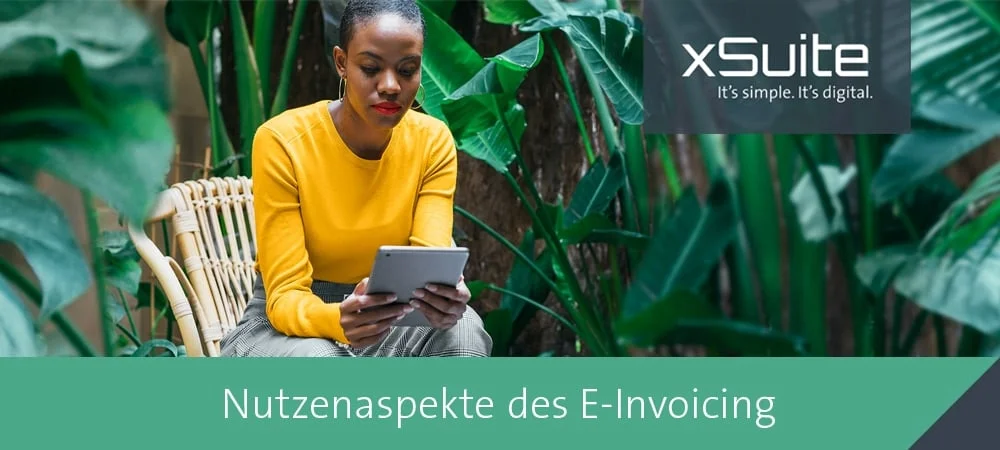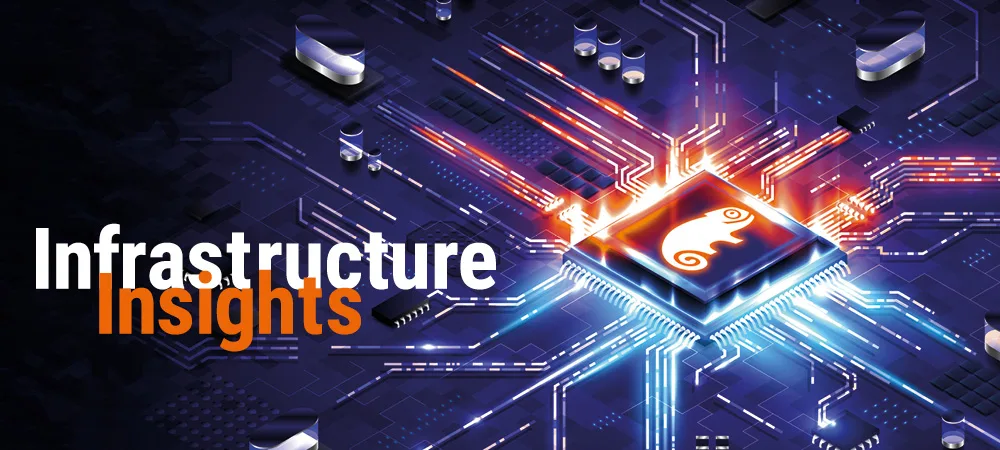E-invoicing becomes the new standard


In the B2B environment, mandatory e-invoicing already exists in some European countries. In Germany, it is currently being discussed, and at least in the B2G sector (business-to-government) it has already become mandatory in some cases. It can be assumed that the business world will now follow suit. Companies with international trading relationships in particular will hardly be able to avoid the issue.
What does e-invoicing mean anyway? It means choosing a machine-readable format for invoices so that complete automation is possible on both sides (buyer or supplier). The document must be issued, transmitted and received in a structured data format - and in such a way that the recipient is able to process it automatically and electronically. To E-invoices in the ERP system and send it via one of the possible transmission paths, there are corresponding software solutions.
E-invoicing cuts throughput times on the recipient side by 50-60 percent
On the receiving end, in turn, software systems accept the electronic invoices, process them and integrate them into the company's own ordering, accounting and settlement systems. Companies that have installed such an electronic and automated invoice processing system report 50 to 60 percent shorter throughput times. They have also seen a significant increase in transparency (an advantage in monthly and annual financial statements) and better cash discount utilization. As a software manufacturer specializing in invoice processing, the xSuite Group therefore also supports its customers with e-invoicing in particular. Their solution "Interface E-Invoice" retrieves incoming XML invoices of any format, reads their contents and automatically transfers the relevant information to the corresponding fields in SAP. Digital workflows, such as those developed by the xSuite Group, take over the subsequent processing of the invoice
Basis for digital transformation
In the past, a lot of manual work was required along the invoice processing chain. Now, when digital workflow solutions take over tedious and error-prone tasks, companies benefit beyond the boundaries of their accounting department. Automated invoice processing is thus the next step for companies to fully exploit their potential for digitization and automation. It is the basis for digital transformation - which does not work without digitization.
Distributed work, as has become necessary in the past two years, only works as well as in face-to-face operations if business documents are created, forwarded and filed digitally. The example of invoices shows this particularly clearly, as they are a very common type of document in companies. So the higher the level of e-invoicing, the better it is for digitization - and thus for digital transformation.
Another driver for the introduction of e-invoicing processes is the need to comply with ever new regulatory and legal requirements. Sales tax or goods and services tax programs now exist worldwide. This type of tax has quickly become the most important transaction tax in the world. At the same time, however, it is also a source of tax fraud. This is because companies that do not properly declare their total transaction volume avoid paying (part of their) taxes, which ultimately leads to a growing sales tax gap.
The mandatory e-bill, which is currently being hotly debated as part of a digital reporting system in Germany, can counteract this.
Format and transmission paths
XML has become the global standard format for electronic invoices, including XRechnung, ZUGFeRD, PEPPOL BIS Billing 3.0, Factur-X and InvoiceNow. Online portals are the preferred transmission channel - ideally based on the international Pan-European Public Procurement OnLine (PEPPOL). Via the PEPPOL network, connected organizations can securely exchange business documents and send electronic invoices to companies and public authorities. PEPPOL is comparable to registered mail with advice of receipt; according to experts, it will establish itself as the dispatch channel of the future and is now also used worldwide beyond EU borders.
More information on the topic of e-invoicing is available at here









